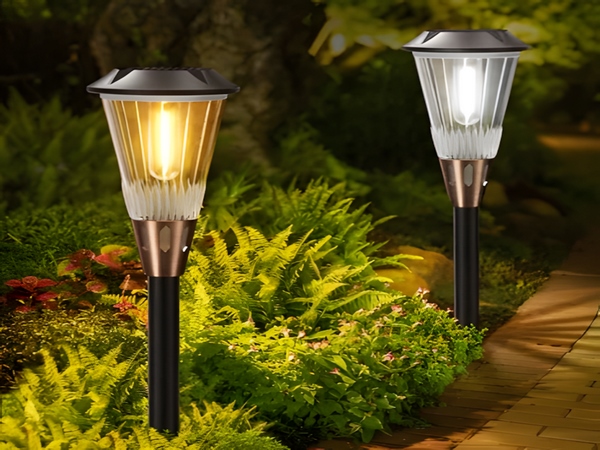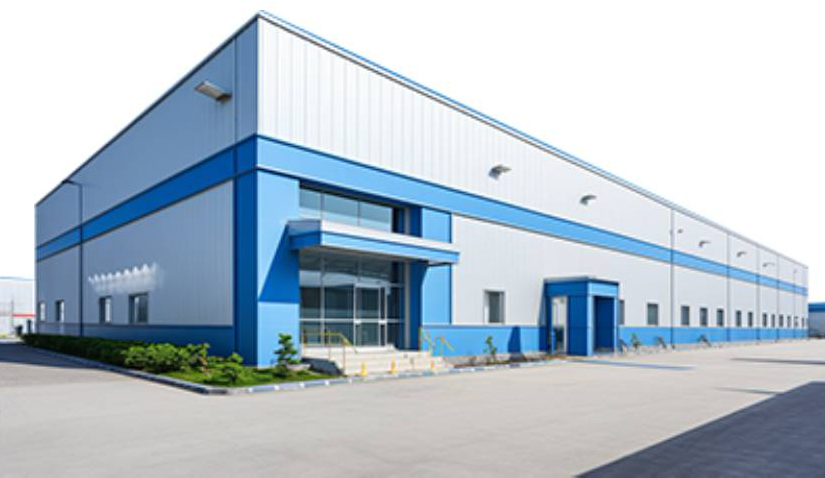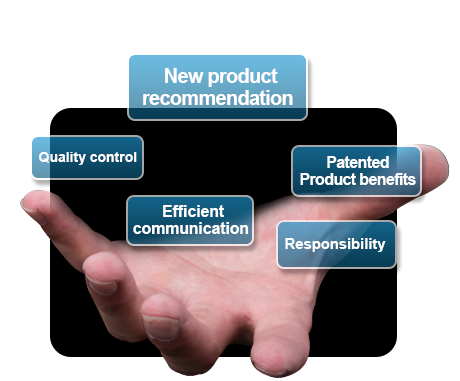Since the 21st century, industrial development has far surpassed the consumption rate of energy. Solar energy, as a new type of energy, has emerged to replace traditional energy sources. Initiatives like “energy conservation and emission reduction, green lighting,” “ten cities and ten thousand lights,” “solar building integration,” and new rural construction have further promoted the sustained rapid development of new energy and LED industries. Solar power generation has become a new high-tech industry in green, energy-efficient environmental projects with low investment, high output, and high added value.
However, what is the comparison between solar LED street lights and traditional high-pressure sodium lamps in terms of cost-effectiveness? Next, solar street light manufacturers will discuss the comparison between the two:
1. Solar LED street lights use green, clean, and renewable energy, which reduces carbon dioxide emissions compared to traditional high-pressure sodium lamps. If the 20 million street lights from 2009 were all replaced with solar LED street lights, it could reduce carbon dioxide emissions by 25.8 million tons, equivalent to a cost of 10.3 billion dollars in carbon reduction.

2. The problem with traditional AC-powered street lights is the need to lay cables, increasing the consumption of valuable copper resources. This requires digging trenches, damaging the road surface, and these cables are often targets for theft. Installing solar street lights is straightforward, similar to planting a larger tree—just dig a hole and bury it.
3. The efficiency of AC power supply is 15% lower than that of solar power supply, meaning that to achieve the same output power, using AC power requires 15% more input power.
4. The advantage of solar LED street lights is that they do not require electricity bills at all. The annual electricity cost for a 250-watt high-pressure sodium lamp is approximately 766 yuan. For 20 million street lights, the total electricity cost would be 15.33 billion yuan.
5. The lifespan of ordinary high-pressure sodium lamps is only 3,000 to 5,000 hours, while LED lights can last 30,000 to 50,000 hours. With advancements in technology, the lifespan of LEDs could reach as much as 100,000 hours.
LED, as a new lighting technology, has advantages such as low energy consumption, high luminous efficiency, good color rendering, high reliability, small size, lightweight, energy-saving, environmentally friendly, and a long lifespan. It is considered the primary development direction for future lighting technology. Because LEDs are cold light sources, semiconductor lighting does not cause any pollution to the environment. Compared to incandescent and fluorescent lamps, energy-saving efficiency can exceed 90%. At the same brightness, the power consumption is only 1/10 of ordinary incandescent lamps and 1/2 of fluorescent tubes, making the energy-saving benefits very significant.

The company specializes in manufacturing solar street lights, primarily producing rural solar street lights, municipal LED solar street lights, affordable solar street light price lists, and offering a 15-year quality guarantee with a 5-year warranty and lifetime maintenance.

